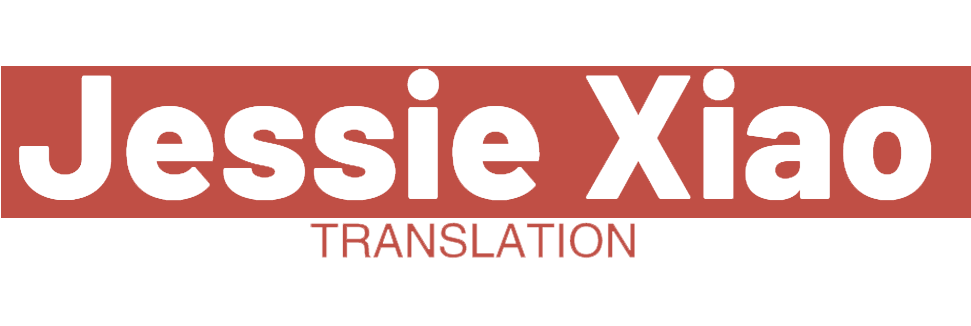Amidst the wave of digitization and automation, machine translation has increasingly become a part of our lives. However, despite the remarkable speed and efficiency of machine translation, the unique value and significance of manual translation remain unreplaceable.
The core of manual translation lies in its deep understanding and precise expression. Whether it is literary works, legal documents, or scientific papers, manual translation can accurately interpret and translate based on context, cultural background, and professional knowledge. Compared to machine translation, manual translation is more capable of grasping the subtleties of the original text and avoiding ambiguity or misunderstandings.

Moreover, manual translation serves as a bridge for cultural exchange. In the translation process, translators not only convert the language but also convey the cultural elements, emotional nuances, and ways of thinking in the original text to readers of the target language. This cross-cultural communication and understanding is difficult for machine translation to achieve.
Of course, manual translation also faces some challenges. With the advancement of globalization and the explosive growth of information, translation tasks have become increasingly burdensome. However, these challenges have driven the continuous development and innovation of the manual translation industry. On the one hand, translators continuously enhance their professional literacy and skill levels to cope with increasingly complex translation tasks; on the other hand, the combination of manual translation and machine translation has also provided new possibilities for translation work.
Overall, manual translation occupies an irreplaceable position in the field of translation with its unique value. It is not only a tool for language conversion but also an ambassador of cultural exchange. In the digital era, we should pay more attention to the development of manual translation and allow it to play a greater role in cross-cultural communication.
